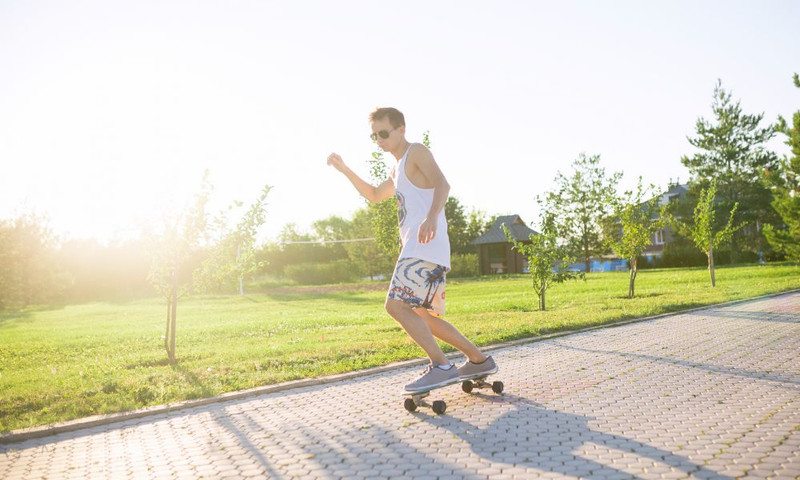Every recreational activity has important steps that you must learn to prevent accidents and improve your skills. Longboarding requires time, preparation, and dedication to enhance your prowess and keep yourself and the people around you safe.
Stopping on your longboard is an essential step to learn and should happen before advancing other skills. This quick guide to stopping on a longboard will tell you exactly how to slow down successfully and what you must focus on to ride confidently.
Improve Your Balance
You must develop your balance to stand on your longboard while riding. You can start by standing on one leg for 15 seconds and switching to the other; this exercise will teach you how to distribute your body weight. When slowing or stopping, you must shift your weight onto your strongest leg, freeing your other leg to plant it firmly on the ground and come to a stop.
Bend Your Knees
Bending your knees slightly while longboarding will help you increase your prowess, which you can apply to slow down or stop. Locking your knees while longboarding is dangerous, especially if you fall; bent knees allow you to shift your weight and change positions easily.
As a beginner, you must have the right equipment that will allow you to practice stopping safely. An arbor drop-through longboard is one of the best options to develop this skill and eventually attempt tricks.
Foot Braking
One of the best and safest ways to stop on your longboard is by putting a foot on the ground to create friction while moving. For example, you’ll want to go slowly down steep roads. Learning this technique will allow you to stop and slow down when needed.
Stand in the middle of your longboard, bend your knees, and shift your weight to your strongest leg. Keep the board steady while dropping your free leg to the ground and slowly applying pressure. This action may initially feel uncomfortable, but it will make your longboarding experience much safer.

